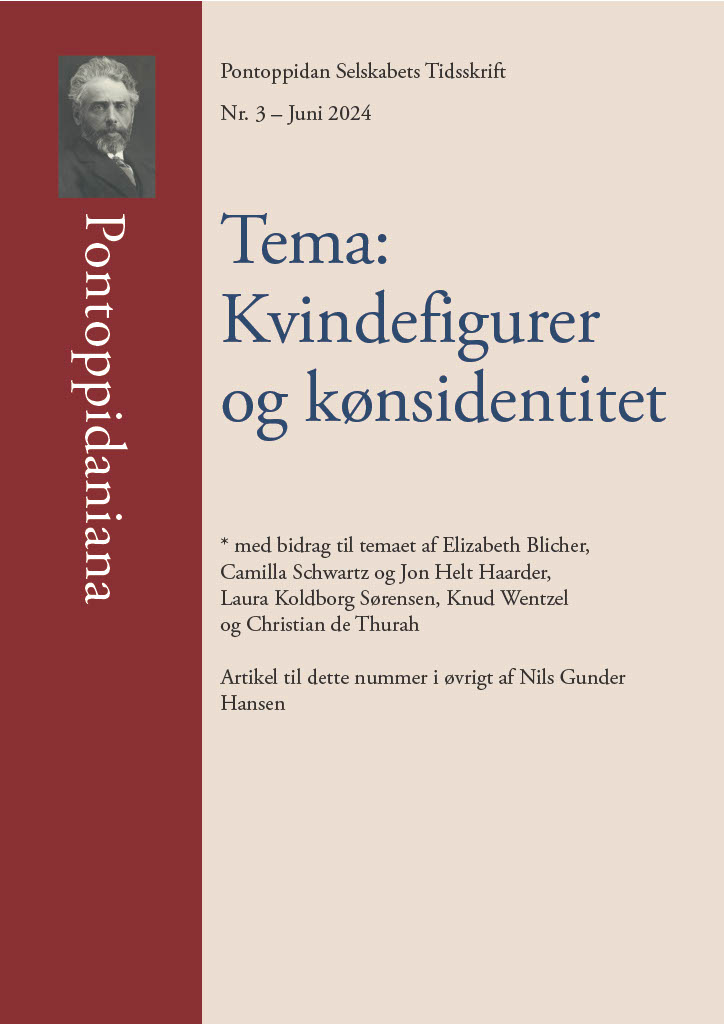Den queer Pontoppidan
Kvindelig maskulinitet og terminal temporalitet i "De dødes rige" og "Lykke-Per"
DOI:
https://doi.org/10.7146/pontoppidaniana.vi3.146882Resumé
Abstract
In this article, we pursue the idea that Pontoppidan’s writing lends itself well to being read with a queer theoretical approach. We focus on Jakobe in Lykke-Per/A Fortunate Man and show how, by virtue of her morbidity, her Jewish otherness, her intelligence, her entrepreneurial initiative and her care for the children of the proletariat, she is an excellent example of Jack Halberstam’s “female masculinity”.
In De Dødes Rige/ Realm of the Dead, the author has taken his two main characters out of bourgeois society’s worship of the future in the form of the young child – what Lee Edelman calls “reproductive futurism”. Therein also lies an acceptance of death and the end that departs much from the common worship of progress and future, what Sarah Ensor calls “terminal temporality”. Finally, we point out that there are probably limitations to how queer the author was able to be, a child of his time like anyone else.





